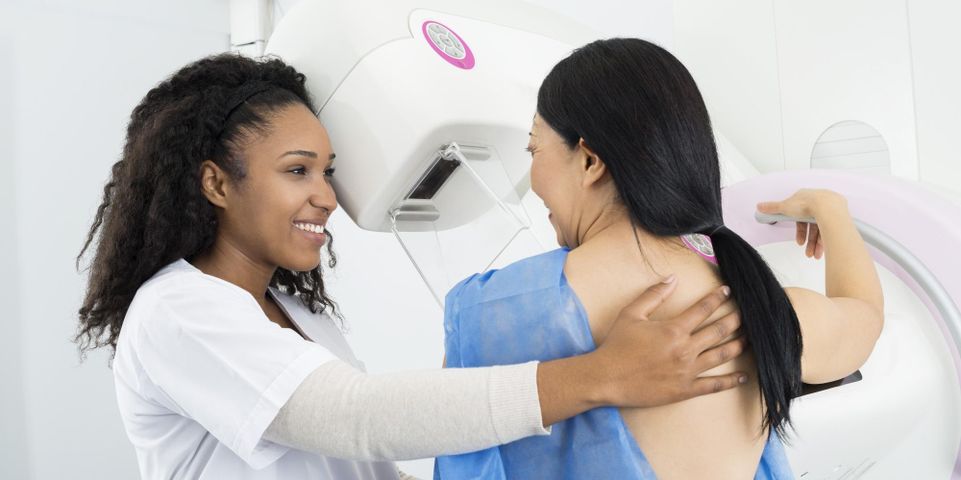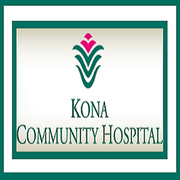
October is Breast Cancer Awareness Month, when education, information, and fundraising take center stage as people all over the world come together to fight this disease. It’s an ideal time to remind women of breast cancer symptoms and the importance of self-exams and regular screenings. Early detection lets you know when to receive the appropriate cancer services and devise a treatment plan. To help you spot early warning signs, below are answers to commonly asked questions about symptoms.
Common Questions About Breast Cancer Symptoms
How do I do a self-exam?
Aim to do a breast self-check every month. Look at the physical condition of the breasts, noting any visible abnormalities such as distortions or size changes. Then raise your hands over your head and look for the same signs. Next, lie down and feel the right breast with the left hand, then the left breast with the right. Using small, circular motions with the pads of your fingers, move around the entire breast, feeling for any lumps, knots, or swelling. Finally, perform the same movements standing up, while raising the arm closest to the breast being checked.
What signs should I look for?
 Watch for are lumps, dimples, or puckering of the skin in the breast itself, the upper chest, or the armpit. Sometimes, you can feel one of these signs, even if it's not apparent to the naked eye. More visible symptoms to be mindful of include alterations in the size, shape, or color of the breast as well as rashes, crusting, or discharge around the nipple.
Watch for are lumps, dimples, or puckering of the skin in the breast itself, the upper chest, or the armpit. Sometimes, you can feel one of these signs, even if it's not apparent to the naked eye. More visible symptoms to be mindful of include alterations in the size, shape, or color of the breast as well as rashes, crusting, or discharge around the nipple.
When should I see a doctor?
The regularity of mammograms depends on age, and different cancer services and organizations have different recommendations. The American Cancer Society recommends women ages 45 to 54 have annual mammograms, then one every other year at age 55 and older. But if you have a family history of breast cancer, more frequent mammograms are a good idea. If you spot any symptoms, no matter how small, always see a doctor as soon as possible.
What do I do if I find a lump?
Don't panic. More than 80% of all breast lumps are benign. But you won't know for sure until you see a doctor, so schedule an exam right away. If the lump is malignant, a doctor will set you up with the necessary cancer services; in its earliest stages (Stages 0 and 1), the five-year survival rate for breast cancer is 98–100%.
If it's time for a mammogram or if you spot an abnormality, head to Kona Community Hospital. They have more than a century of experience serving Kealakekua and all of West Hawaii. In addition to their cancer center, they offer a variety of health care services, including surgeries and imaging. Visit their website for more information on their cancer services.
About the Business
Have a question? Ask the experts!
Send your question

